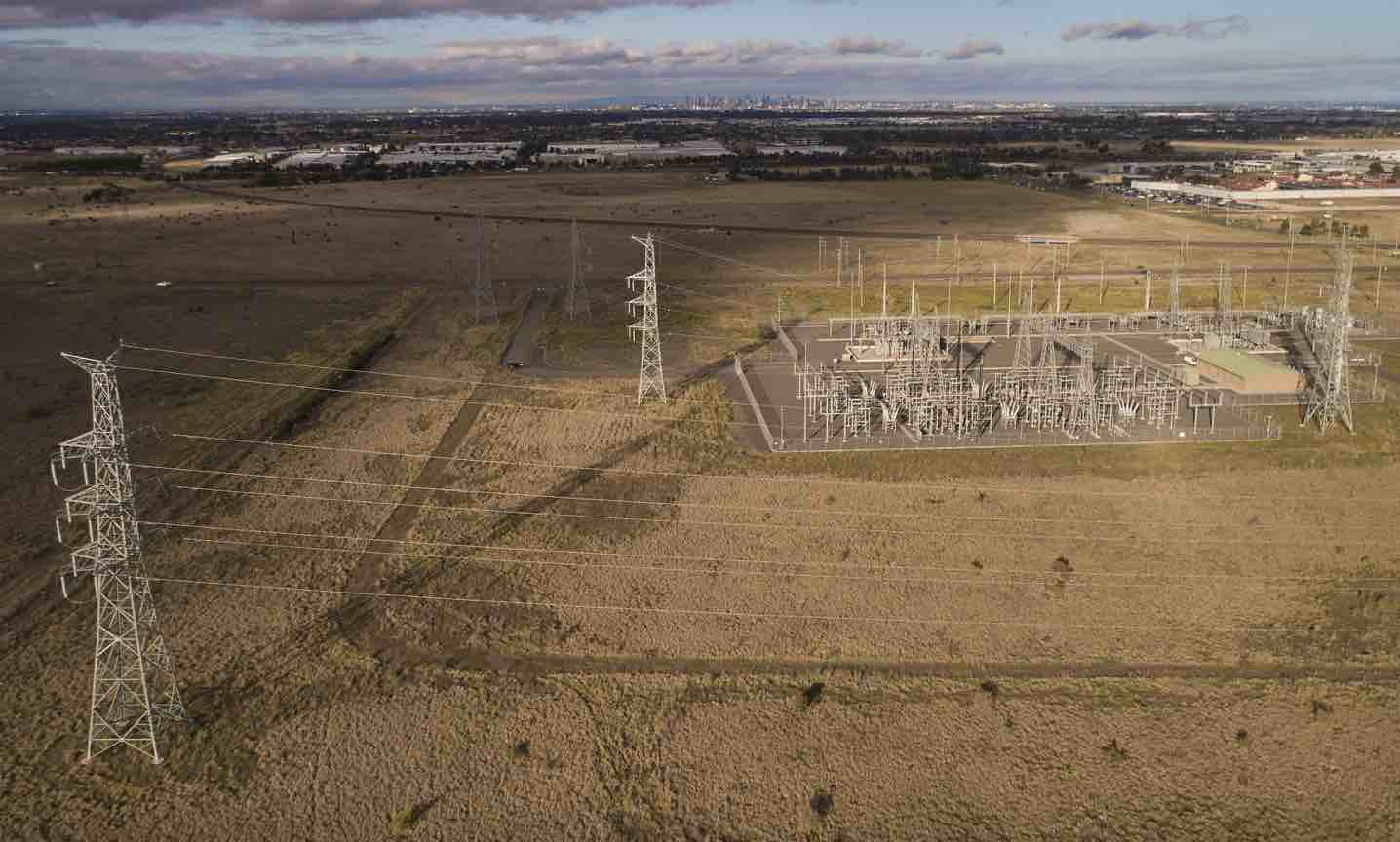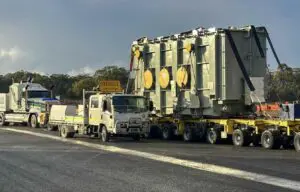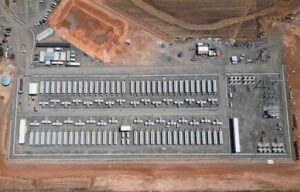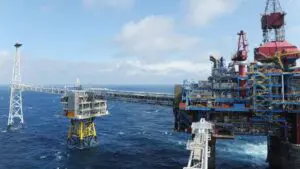Lumea, the commercial offshoot of transmission company TransGrid, has announced plans for a 300MW big battery in Melbourne that it is describing as a “first of its kind” in Australia because it will be the first to be fully financed without using government funding or contracts.
The 300MW battery at the Deer Park Energy Hub, west of Tullamarine airport, will have up to nearly two hours storage, or around 580MWh, and importantly will be targeting “spot” arbitrage markets and also the frequency control market and other grid services.
“This is a first of its kind battery in Australia,” Lumea’s head of infrastructure Nigel Buchanan told RenewEconomy in an interview on Monday. “It’s the arrival of batteries as a stand-alone commercial solution for the transition to renewables. It is super exciting.”
Australia has six big grid-scale batteries operating around Australia and another half a dozen in construction, and more than 50 others in the pipeline. (See RenewEconomy’s Big Battery Storage Map of Australia).
Most of those built or being built have relied either on direct funding from government agencies such as the Australian Renewable Energy Agency and the Clean Energy Finance Corp, and state bodies, and/or have secured contracts with state governments or the Australian Energy Market Operator.
“Lumea is looking to demonstrate that batteries can be fully funded through the market,” Buchanan said.
“We know that the energy transition requires innovative pathways to reach its renewable targets. It is critical we also find new avenues to fund these projects through the market to allow the most effective use of all funding sources for lower cost energy.
“The Deer Park Battery will prove that grid scale battery energy storage systems are a good long-term investment to maintain reliability and security of the system, ultimately bringing lower energy costs to customers.”
Deer Park was chosen because it is the site of a major terminal station (or substation), and is a key juncture for the electricity supply into the Melbourne CBD.
But the key is in the markets it is pursuing and the unique funding proposition, which Buchanan says has been enabled by the falling cost of battery storage, a better understanding of the “value stack” of battery storage, and the growing need for its array of services in the grid.
“Our modelling suggests that we can do this without a baked in contract,” Buchanan said. “The starting point is spot arbitrage (buying, or charging, at low prices and selling, or discharging at higher prices), and the FCAS market.
“We will pursue grid support services as we go.”
The final configuration will be decided on the results of an EOI tender that Lumea has launched, seeking pricing and market proposals from suppliers and developers. It hopes to make a final investment decision within the next 12 to 18 months.
Transgrid is already building the first big battery to be delivered by a transmission company in Australia, the 50MW/75MWh Wallgrove battery in western Sydney, which is due to be complete in October this year.
The Wallgrove battery, featuring Tesla Megapack technology, will deliver grid services, arbitrage and test the newly emerging “virtual synchronous machine” capabilities already being put to the test in off-grid and smaller network situations.
Deer Park is one of a number of big battery projects proposed for Victoria, which already features the Gannawarra and Ballarat big batteries, and the Bungala big battery that has yet to be fully commissioned.
Neoen is currently building the 300MW, 450MWh Victoria big battery – which will be the country’s biggest when complete – that will also feature Tesla Megapacks and which has a 10-year contract to supply services that will increase the capacity of the main link from NSW to Victoria at peak times.
Other big projects in the pipeline including a 350MW and four hour battery (1400MWh) proposed by EnergyAustralia to partially replace the ageing (and recently flooded) Yallourn coal generator, and a 200MW, four hour battery (800MWh) proposed by AGL for Loy Yang B.
A number of other projects have also been proposed in the area, including a 200MW/800MWh big battery in the Latrobe Valley by Tilt Renewables, and the smaller Fraser battery to be built next to a solar farm in the same region.
Network companies are increasingly turning to battery storage to solve issues encountered in the rapid transition to wind and solar, particularly in providing some of the grid services and grid stability traditionally found in synchronous generation such as coal and gas.
Powerlink is looking to big battery installations to solve system strength issues in Queensland, PowerCor is proposing up to 20 big batteries totalling more than 2,000MW of capacity around its network in Victoria, and companies such as Ausgrid and Western Power are rolling out smaller “community scale” batteries to support the growing amounts of rooftop solar.
Big mining companies such as Rio Tinto and Fortescue are also embracing big batteries as a way to reduce the heavy cost and emissions of their normal gas or diesel generation, and to facilitate the transition to more renewables in their power supplies.
“Lumea is committed to the transition to a smarter energy future, and batteries are an important solution to the issues we face as renewable energy increases as the main source of Australia’s electricity generation,” Buchanan said.
For more information about battery storage projects in Australia, see RenewEconomy’s Big Battery Storage Map of Australia
See also: Rio Tinto battery to be biggest of its type in world, and shine path to 100 pct renewables
And: Powerlink looks to battery storage to help solve grid stability problems









